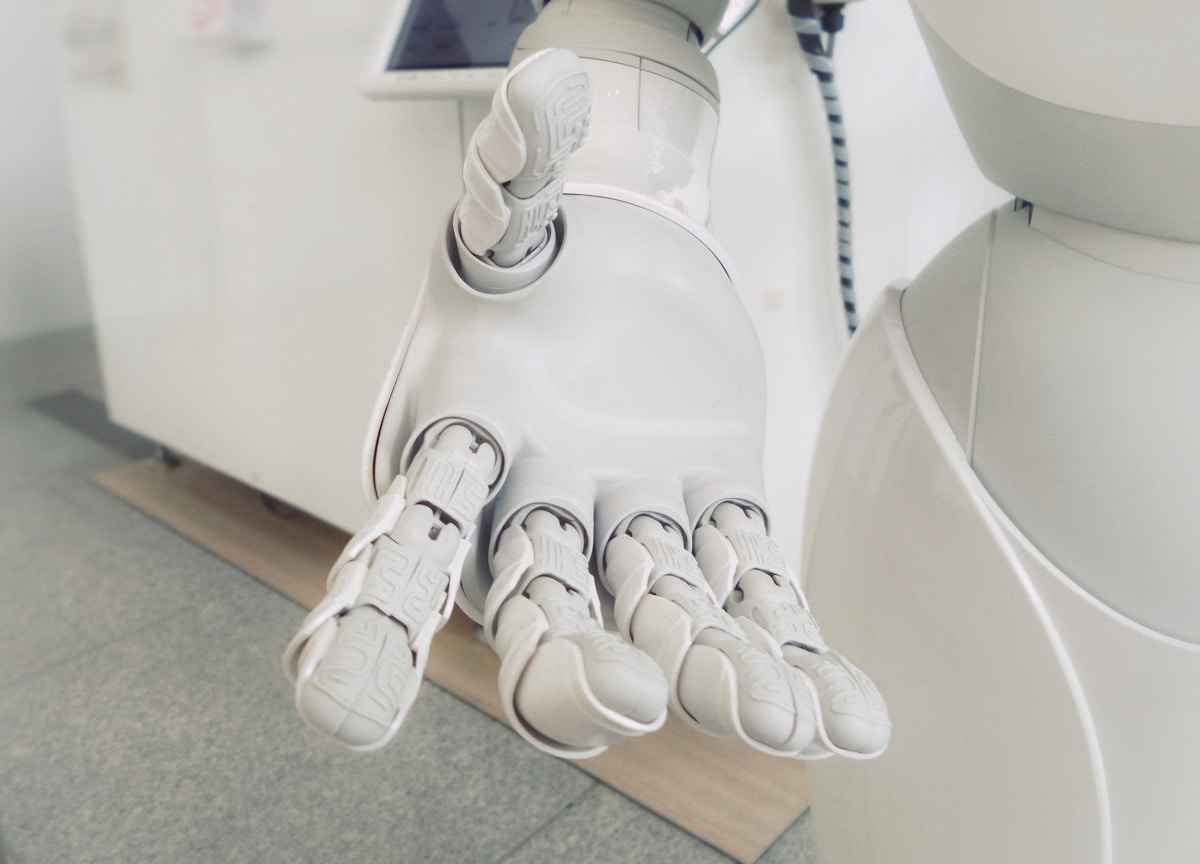Machine Learning Automation : The Future

Machine learning is an integral part of most organizations and businesses today. The last decade has seen machine learning rise in popularity due to significant advancements in research as well as applications in most sectors of technology. Be it healthcare, digital marketing, finance, it has become an essential asset in all realms of establishments.
Machine learning is still a relatively new technology concerning the experience industries have used it, but one of its biggest benefits is the rate at which innovations are being made in this field. Every week, new development is made in some algorithm or framework that can potentially impact the current trends for the better. This has been going on for the better part of the last decade. Naturally, it’s safe to say the future of machine learning is very bright.

Machine learning started with simpler models which provided close to satisfying results. Soon the models became complex and the datasets started to become increasingly large. This prompted the need for deep learning models which provided more accurate results and benefited from the large amounts of data.
Deep learning became immensely popular especially for its applications regarding image and textual datasets.
Convolutional neural networks became very popular and saw their use in most applications. Natural language processing models have had a ton of successful research and developments in the last 4-5 years creating complex and powerful models. The recent success of models such as GPT-3, shows a trend of machine learning models becoming more and more complex. The number one rule according to Google's Machine Learning handbook states that if you can build a simple rule-based system that doesn't require machine learning, then do that.
I believe this is where the future of machine learning lies. Simpler models that can do the job will be more beneficial compared to the complicated massive architectures that are being used today. Models today have hundreds of layers and millions of parameters which makes deep learning a black box technology. Tuning the models for specific applications is very hard to do when it is difficult to understand how each layer’s output affects the overall models’ output.
Some applications help us visualize these intermediate outputs, but for huge models, it becomes increasingly complicated to understand and tune all the layers.

This is why we believe the future of machine learning lies in explainable AI.

This is a concept of using a white-box approach to building the system rather than the current one.
Models are built in such a fashion that each layer output is understood by the people building/using it and its effect on the overall model can easily be understood. This technology becomes extremely important and useful when using machine learning in areas such as healthcare and defense, where mistakes cannot be afforded and the AI can be trusted to provide the best and most meaningful solution. The human in the middle approach in explainable AI helps avoid the anomaly for a given use-case as the human understands the AI and can explain its result for any situation.
Another area which we believe will define the future of machine learning is the approach. It is no surprise that the majority of the research in the last decade has been model-centric. The focus has always been on improving the model and its performance.
But for machine learning, the data is far more important.

To achieve better results from applications, our focus must start being more data-centric. A model is first defined by the volume, quality, and correctness of the data. Efforts must be made in understanding the data and how it should be used so that the developed model can use the best form of the data.
Having incorrect data, noisy data, useless data, or not enough data affects the model in significant ways that even with the best algorithms the results will end up poor. With more research and efforts put in this direction, we can make more focused and meaningful applications that will provide better benefits to the parties using them.

The increasingly popular AutoML or automated machine learning is also a technology that will define the future of machine learning. AutoML helps automate the processes in the pipeline of a machine learning application. Data preprocessing, feature extraction, feature engineering, hyperparameter optimization, and deployment can all be performed with AutoML with the advantage of not doing any of these tasks manually. As a data scientist, this is beneficial to save time for smaller tasks and also to check for additional solutions to the problem which he may have missed.
Another huge advantage is extending the technologies of machine learning and AI to a wider audience that may not have the most knowledge of machine learning. This enables them to perform their task without worrying about the model or its intricacies. This makes machine learning more accessible and more valuable to a larger audience.
These are only a few scopes of the vast boundary of the future of machine learning. As long as there is a need for data, data is needed to be analyzed and made sense of. And this is why the future of machine learning is bright and will continue to do so for a long time.

Written by Gaurav Narvwani
Edited by Jimei Shen & Jay Devon